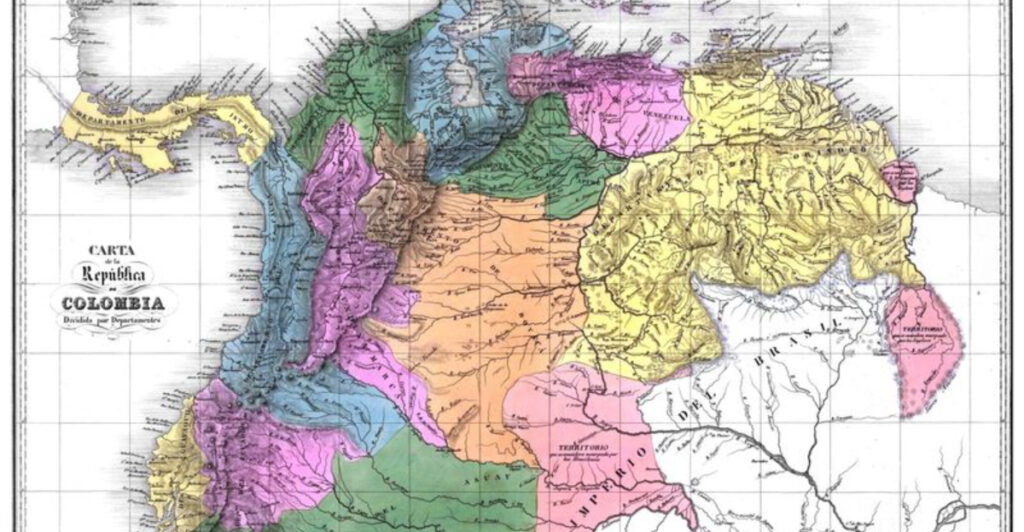Throughout history, countless nations have risen and fallen, leaving behind fascinating stories of power, culture, and change. Many countries that once appeared on world maps have completely disappeared, absorbed into larger empires or split apart by war and politics. While everyone knows about ancient Rome or the British Empire, numerous other nations vanished without most people ever learning their names. These forgotten countries shaped the world we live in today, influencing borders, cultures, and political systems across multiple continents.
1. Prussia
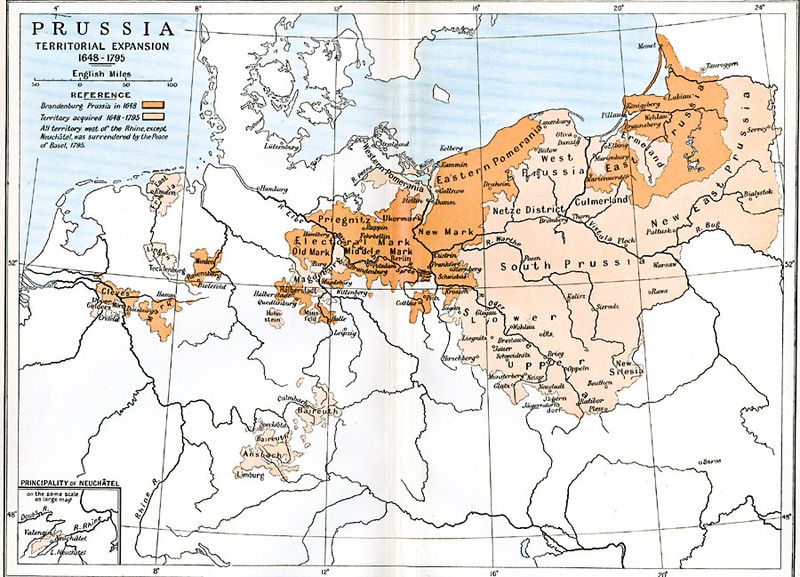
Prussia started as a small kingdom but grew into one of Europe’s most feared military forces. Known for its disciplined army and efficient government, Prussia dominated northern Germany for centuries. The kingdom played a crucial role in unifying German states under one flag. After World War II ended in 1945, the Allied powers decided Prussia was too dangerous to survive. They officially abolished it in 1947, dividing its territory between Poland, Russia, and other neighboring countries, erasing this once-mighty nation forever.
2. Kingdom of Tibet
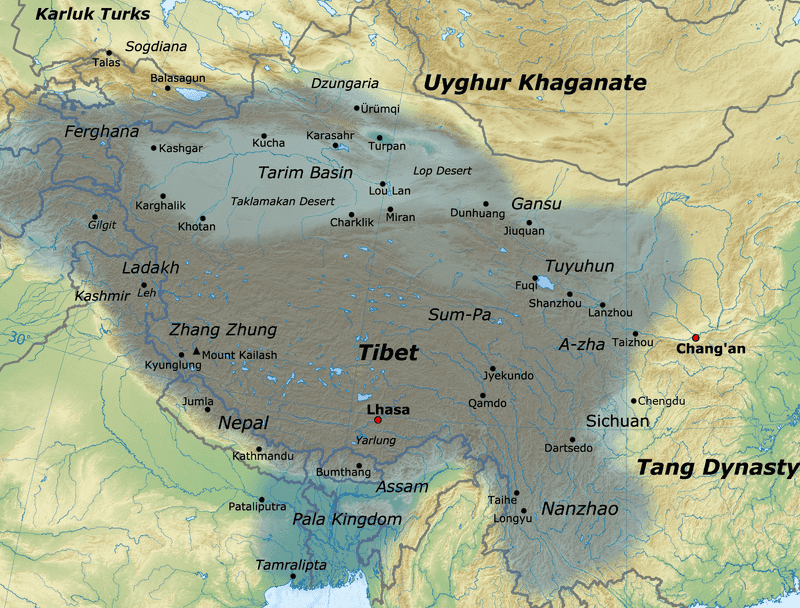
High in the Himalayan mountains existed a mystical kingdom ruled by spiritual leaders called the Dalai Lama. Tibet maintained its independence for over a thousand years, developing unique Buddhist traditions and culture. The kingdom’s remote location protected it from most foreign invasions throughout history. Tibetan monks created magnificent monasteries and preserved ancient wisdom in their mountain fortress. Everything changed in 1950 when Chinese forces invaded this peaceful nation. China claimed Tibet as part of its territory, forcing the Dalai Lama to flee to India and ending centuries of Tibetan sovereignty in the process.
3. Yugoslavia

Imagine six different ethnic groups trying to live together as one country. Yugoslavia was created after World War I, bringing together Serbs, Croats, Bosnians, Slovenes, Macedonians, and Montenegrins under a single flag. For decades, this Balkan federation managed to maintain unity despite religious and cultural differences. The country even became a leader among non-aligned nations during the Cold War. However, tensions exploded in the 1990s, leading to devastating wars that tore Yugoslavia apart. By the decade’s end, six independent nations emerged from the wreckage, each claiming their own piece of this former federation.
4. Austro-Hungarian Empire
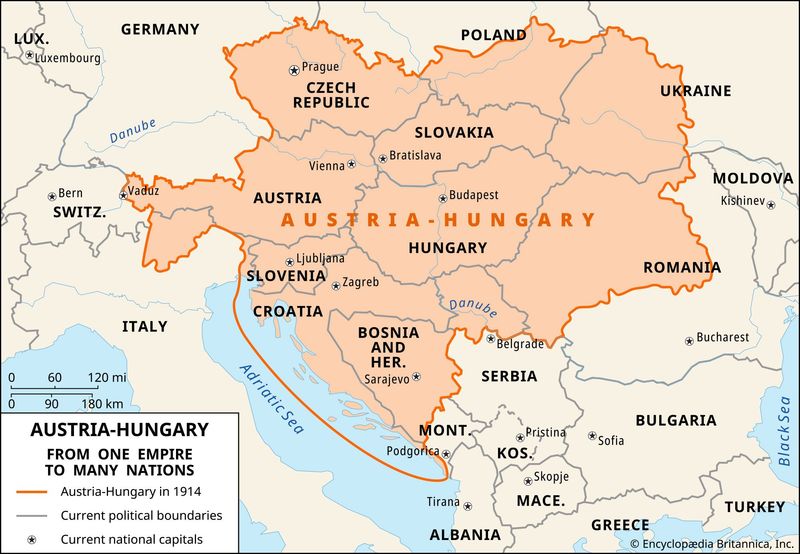
Franz Joseph ruled over one of Europe’s most diverse empires, stretching from the Alps to the Carpathian Mountains. The Austro-Hungarian Empire controlled a patchwork of different languages, religions, and cultures for nearly fifty years. Vienna served as the glittering capital, famous for its music, art, and coffee houses. The empire seemed stable and powerful, controlling important trade routes across Central Europe. World War I proved fatal for this multinational state. Military defeats and internal rebellions weakened the empire until it collapsed completely in 1918, creating new countries like Austria, Hungary, Czechoslovakia, and Yugoslavia from its former territories.
5. Sikkim
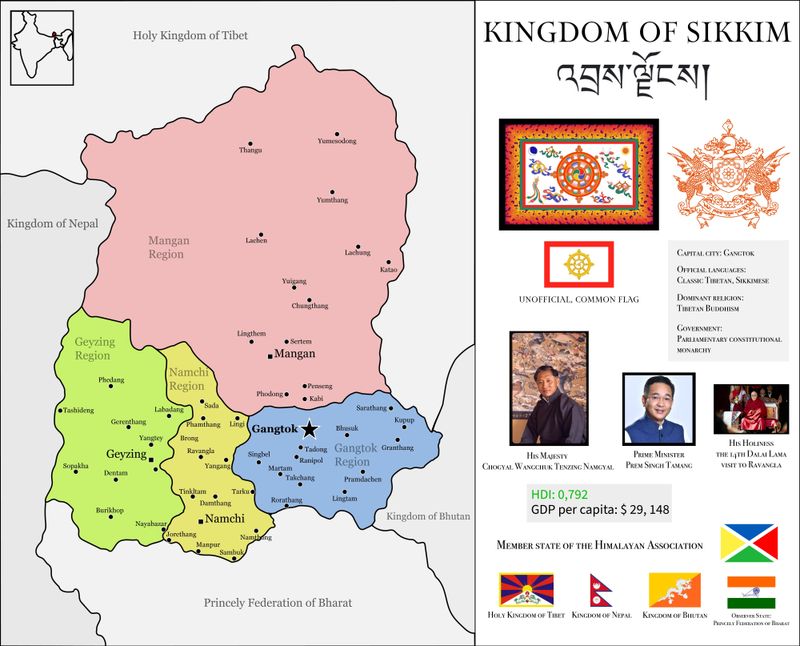
Nestled between the giants of Nepal and Bhutan, tiny Sikkim managed to maintain independence for over 300 years. This Himalayan kingdom was smaller than Rhode Island but fiercely proud of its sovereignty. The kingdom’s ruler, called the Chogyal, governed a population of mostly Tibetan Buddhists and Nepali Hindus. Sikkim’s strategic location made it important for trade between India and Tibet. Political turmoil in the 1970s gave India the perfect opportunity to intervene. After staging a referendum in 1975, India absorbed Sikkim as its 22nd state, ending centuries of independence for this mountain kingdom and making it disappear from world maps.
6. East Germany (GDR)
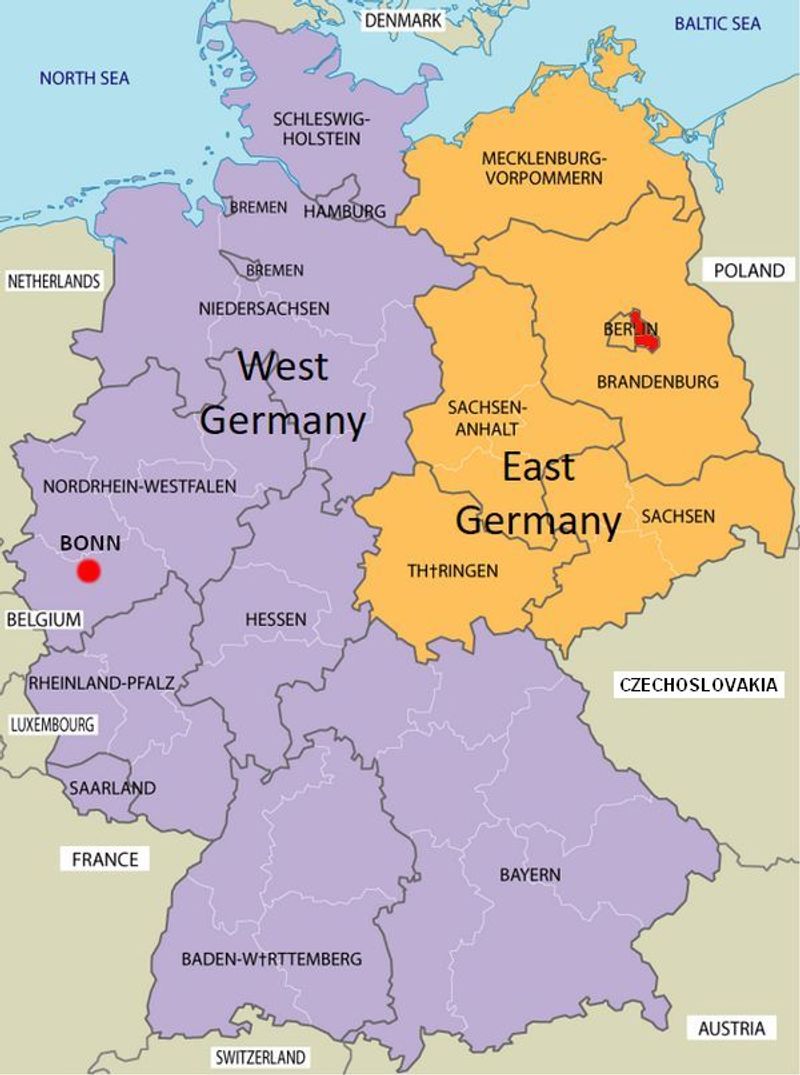
Born from the ashes of World War II, East Germany became one of the most controlled societies in human history. The German Democratic Republic, despite its name, was neither democratic nor particularly German in spirit. Communist leaders built the Berlin Wall to prevent citizens from escaping to West Germany. Secret police watched everyone, creating a climate of fear and suspicion throughout the country. Popular protests and economic collapse finally brought down this artificial state in 1989. The Berlin Wall fell, and within a year, East Germany reunited with West Germany, ending four decades of division and erasing this Cold War creation from existence.
7. Kingdom of Hawaii
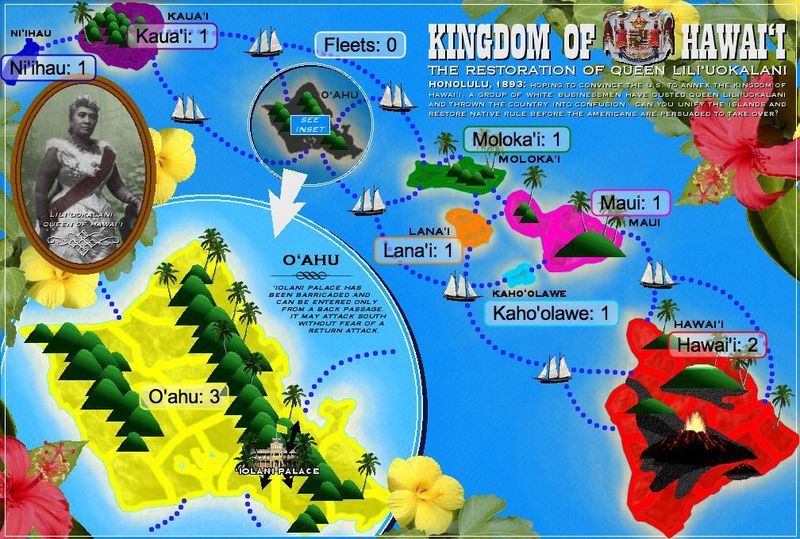
Before becoming America’s tropical paradise, Hawaii was a sovereign Polynesian kingdom with its own royal family and constitution. King Kamehameha united the Hawaiian islands under one crown in the early 1800s. Hawaiian royalty lived in beautiful palaces and maintained diplomatic relations with major world powers. The kingdom had its own currency, postal system, and even hosted foreign ambassadors in Honolulu. American sugar plantation owners gradually gained political control over the islands. In 1898, the United States annexed Hawaii despite native opposition, ending the kingdom’s independence and eventually making it America’s 50th state in 1959.
8. Gran Colombia
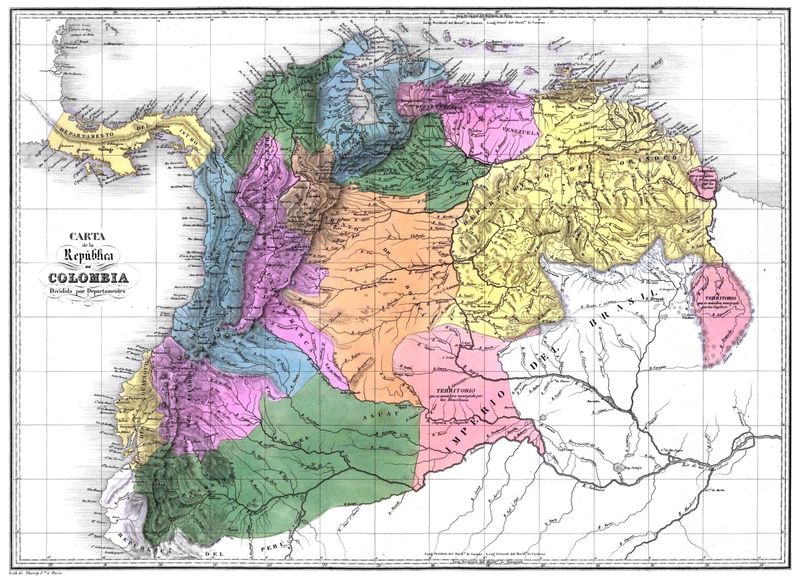
Simon Bolivar dreamed of creating a massive South American republic that would rival the United States in power and influence. Gran Colombia was his ambitious attempt to unite Spanish colonies into one mighty nation. At its peak, this republic included modern-day Colombia, Venezuela, Ecuador, and Panama. Bolivar hoped this union would protect South America from foreign interference and promote economic development. Unfortunately, regional differences proved too strong for the young republic to overcome. Transportation difficulties across the Andes Mountains made governing nearly impossible, while local leaders preferred independence to unity, causing Gran Colombia to split apart by 1831.
9. Ottoman Empire
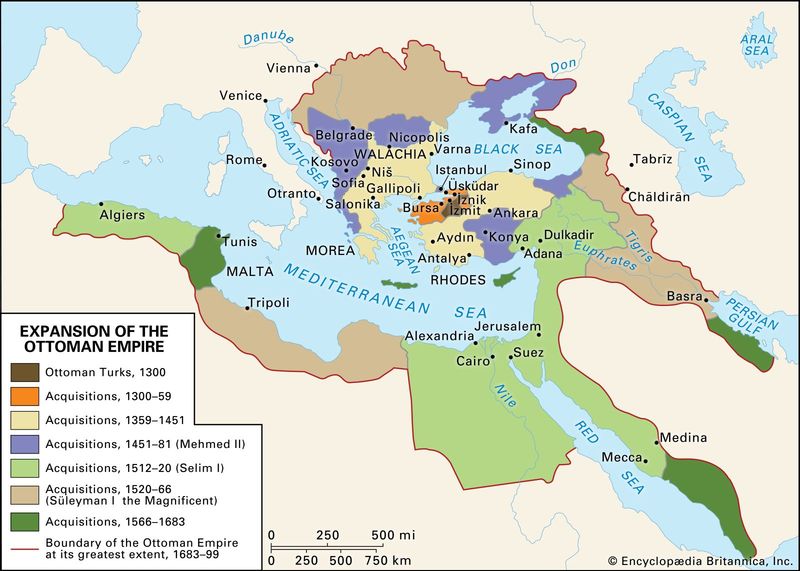
For over 600 years, the Ottoman Empire controlled three continents, stretching from Hungary to Yemen and from Algeria to Iraq. Sultan’s ruled from magnificent Constantinople, commanding one of history’s most powerful military forces. Ottoman armies once threatened the gates of Vienna and controlled crucial trade routes between Europe and Asia. The empire’s diverse population included Turks, Arabs, Greeks, Armenians, and dozens of other ethnic groups. World War I marked the beginning of the end for this ancient empire. Military defeats and nationalist uprisings weakened Ottoman control until the empire finally collapsed, giving birth to modern Turkey and numerous Middle Eastern nations.
10. Czechoslovakia
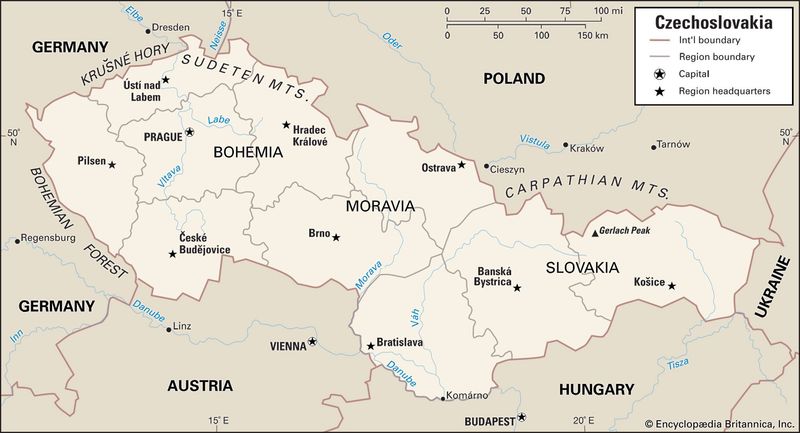
Created from the ruins of the Austro-Hungarian Empire, Czechoslovakia represented hope for small nations seeking independence after World War I. Czechs and Slovaks joined forces to create this new Central European democracy. The country thrived during the 1920s, becoming one of Europe’s most industrialized nations. Prague served as a beautiful capital, famous for its architecture and cultural achievements throughout the interwar period. Despite surviving Nazi occupation and communist rule, Czechoslovakia couldn’t overcome growing tensions between Czechs and Slovaks. In 1993, the country peacefully split into two separate nations: the Czech Republic and Slovakia, ending 75 years of shared history.

